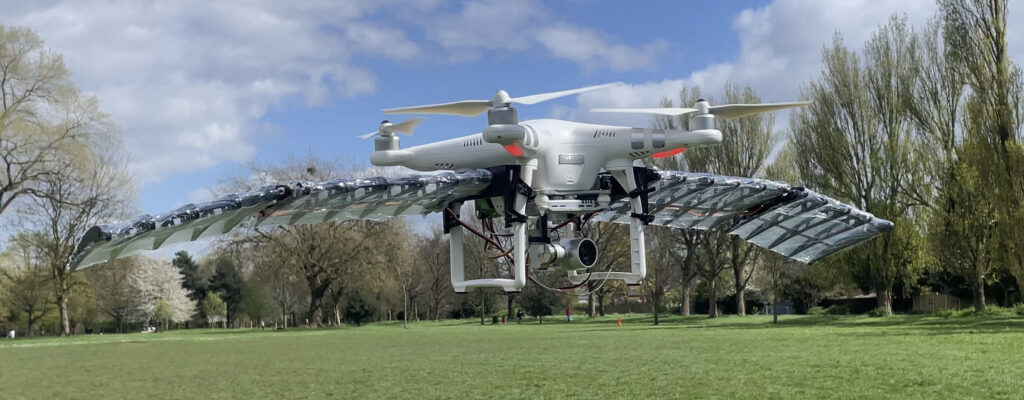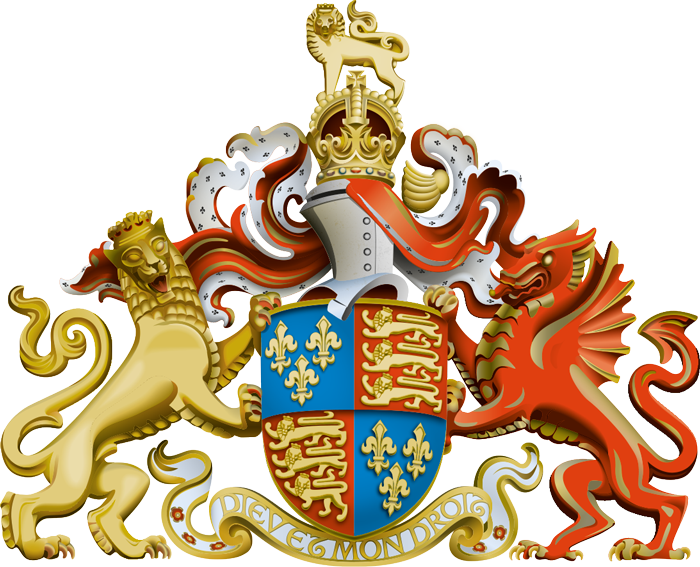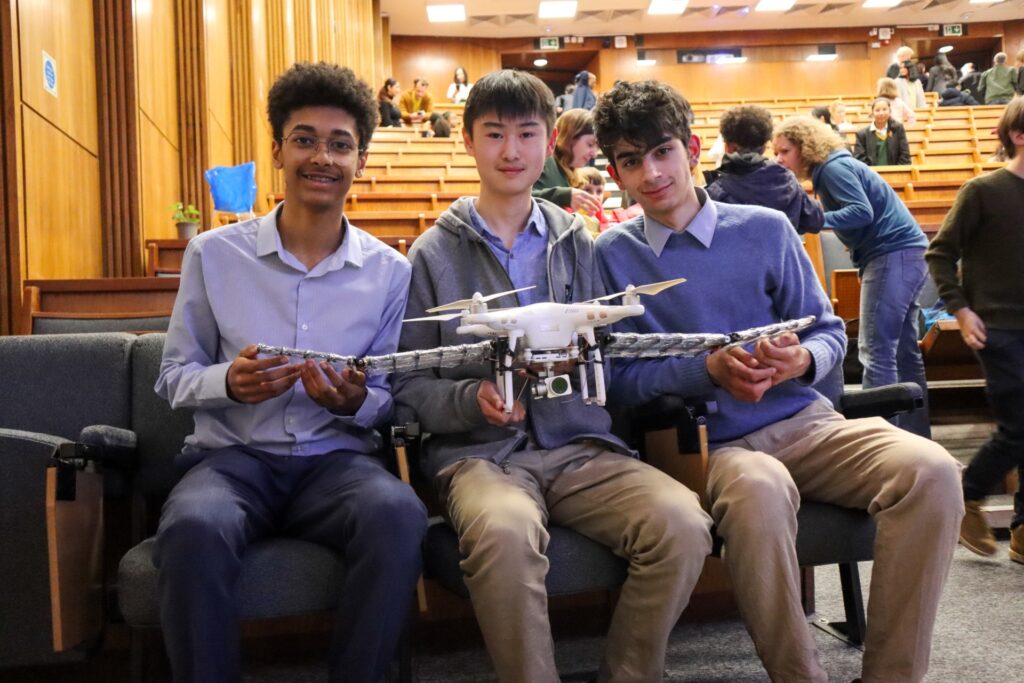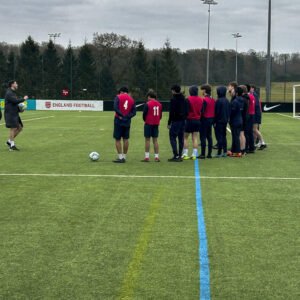Read more about the competition from Haaris:
The Imperial College Science and Innovation Competition focused on creating innovative scientific solutions for the world’s most pressing problems. Thereby, we had to align our solution with the UN sustainability goals, we targeted goals 7, 9, and 12, focusing on energy consumption and innovation. Leveraging our strengths in Design and Physics, we aimed to improve the long-range efficiency of regular consumer drones, which typically suffer from extremely short flight times.
The competition was divided into two phases: a video submission to select the finalists and a final event at Imperial College London. We presented our solution, an external wing package designed to be attached to regular consumer drones to increase their payload and range by providing extra lift. Our solution combined a changing angle of attack mechanism to maximise lift at different flight speeds and a folding mechanism to fit the drone through tight spaces in urban areas. Although our initial solution was in a preliminary stage and required further improvement in wing design and efficiency, our concept and research enabled us to be selected as one of nine finalists from over 250 teams worldwide.
In preparation for the finals, we completely redesigned our wing package to be lighter and more effective, significantly increasing lift. We conducted extensive computational fluid dynamic simulations and physical tests, which yielded very positive results in flight-time and payload enhancement, thereby improving the efficiency and utility of any regular consumer drone.
At the finals, we presented our refined solution to a panel of four lecturers from Imperial College London. They awarded us runners-up, particularly appreciating the uniqueness of our design and the evidence of its effectiveness.
Haaris (Divisions)















